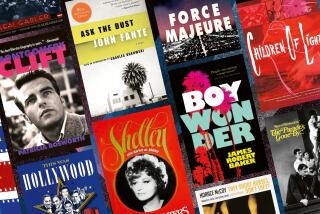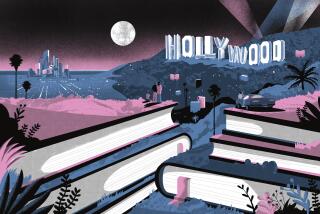SCHOOL DAYS : Multimedia Memories
- Share via
We’ve had movies for something like a hundred years and TV for 40 or so, and the images and ideas they’ve generated have seeped into and shaped our subconscious more than anything since maybe religion. But even in the cable/satellite/video store era, we still have to rely on our brains for remembrances of shows past. That makes it tough to re-examine formative media moments.
But there’s help: Both the UCLA Film and Television Archive and USC’s Cinema-Television Library and Archives of Performing Arts preserve the films, TV and radio shows that are, notes UCLA archive director Robert Rosen, “our culture’s collective memory.”
One step in probing that memory might be a visit to UCLA and its 200,000-title film and TV library. It also has 27 million feet of Hearst newsreels. Here, you can view tapes of everything from “Top Cat” to rare Three Stooges shorts, from a band of nervous Beatles on Ed Sullivan to the liberation of Auschwitz. Seeing those one after the other ought to stimulate--and confuse--anyone’s cortex.
At USC, there’s less film and TV footage than at UCLA but lots more memorabilia. Sadly, though, all of it is reserved for scholars. They’re the only ones who can see Clark Gable’s Oscar for “It Happened One Night.” And the mammoth chalked backgrounds used in the “Wizard of Oz.” And the Warner Bros. archives, which the studio donated to USC. And the personal papers of Robert Wise, King Vidor and Edward G. Robinson, among others, as well as more than 18,000 books and periodicals on film and television, more than 10,000 scripts, 8,500-plus pressbooks and countless other items.
Trips down collective memory lane are filled with twists and turns. That’s to be expected, though, in a culture molded by “Casablanca” and “Deep Throat” and that’s produced a “Schindler’s List” and a “Beavis and Butt-head.” But then, no one said introspection was easy.
More to Read
The biggest entertainment stories
Get our big stories about Hollywood, film, television, music, arts, culture and more right in your inbox as soon as they publish.
You may occasionally receive promotional content from the Los Angeles Times.










